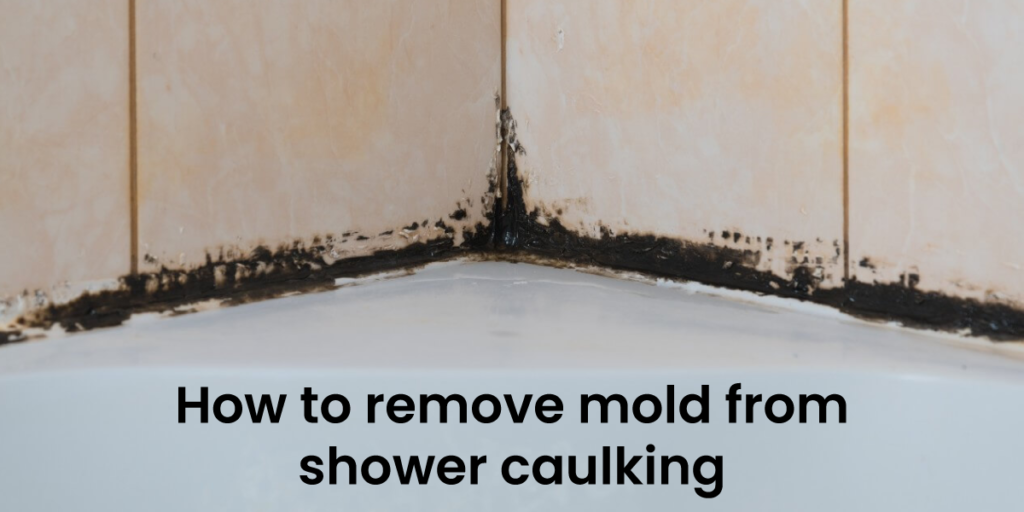The shower is a prime location for mold to grow, as it contains the highest level of moisture in the house. And since the shower caulking is a part of the shower, it is equally susceptible to mold growth. Knowing how to remove mold from shower caulking is essential for maintaining a clean and healthy bathroom. You can use undiluted white vinegar, 3% hydrogen peroxide, or a baking soda paste to get rid of the mold effectively.
Shower caulking is usually porous, which is why the mold that grows on it can be pretty hard to remove. The mold grows deep into these pores. The mold is not only harmful to the human body, but also looks very bad. So, it is a must to remove them as soon as possible.
Now, let’s find out how to remove mold from shower caulking.
How to remove mold from caulk in the shower
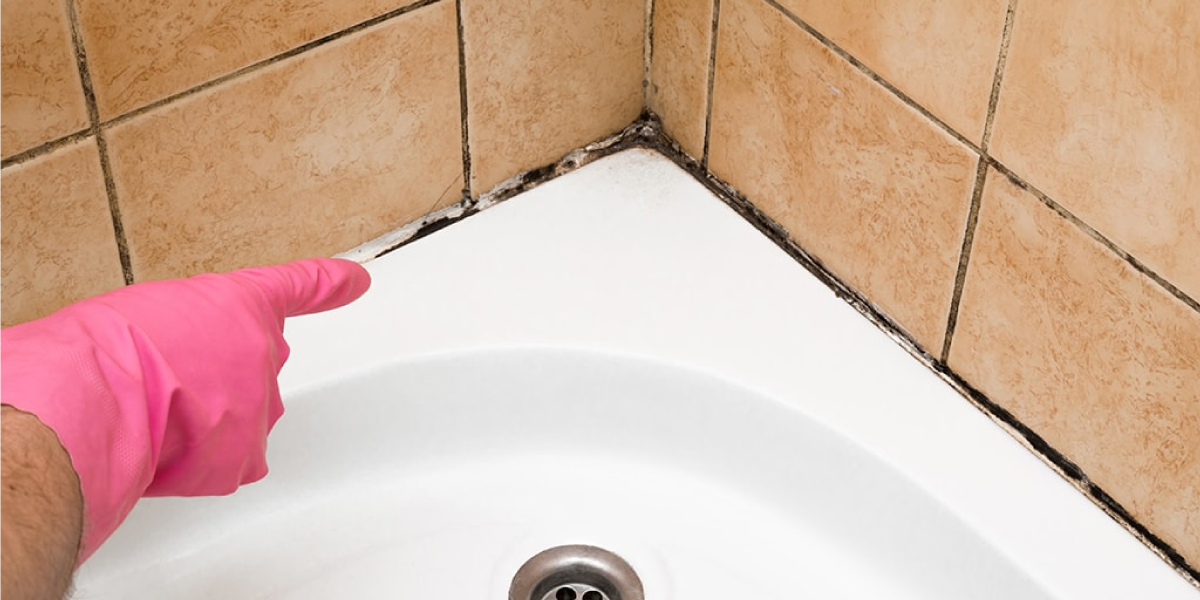
Although the primary job of shower caulking is to prevent mold from entering the walls of the shower, it can also become prone to mold growth. This happens due to it being in constant moist conditions, and mold can easily grow on it.
Here is how to remove mold from caulking in the shower.
How to remove mold from caulk with white vinegar or hydrogen peroxide
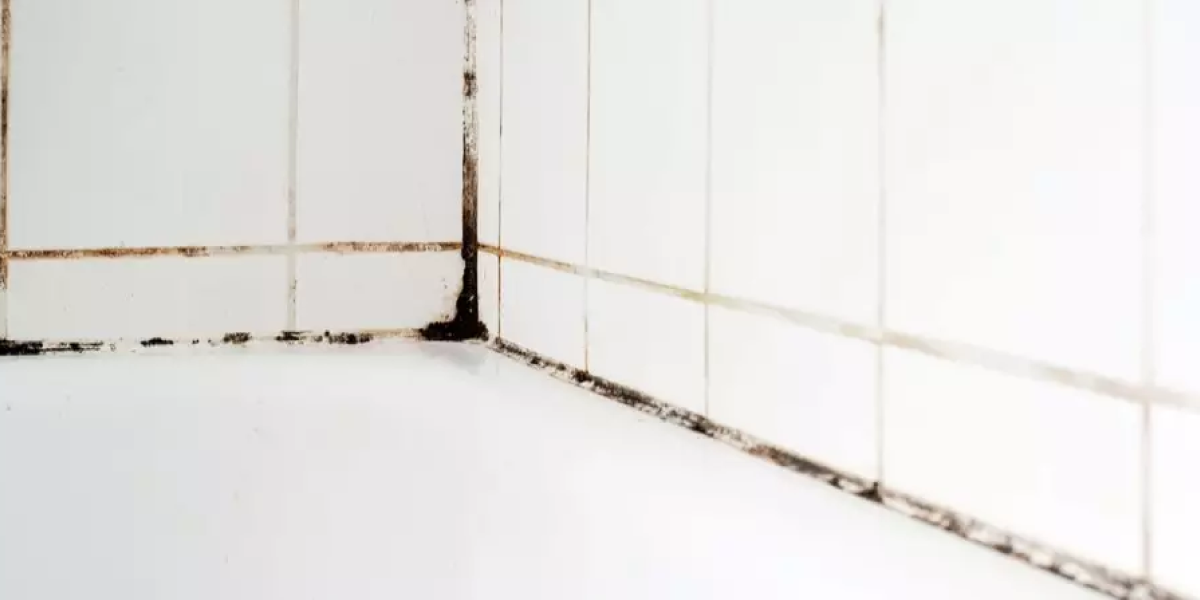
White vinegar and hydrogen peroxide are excellent killers of mold. Here is how to use them to clean moldy caulk.
- First, wear safety gear, such as safety goggles, a mask, and gloves. Because mold can be pretty dangerous when it gets into the respiratory system of animals and, of course, humans.
- Next, pour undiluted white vinegar or a 3% solution of hydrogen peroxide into a spray bottle. Then, use the bottle to spray a generous amount of the vinegar or peroxide onto the moldy area.
- If you are using white vinegar, let it sit for around a couple of hours. On the other hand, for hydrogen peroxide, you won’t have to wait as much time. All you need to do is wait around 15 minutes, and then you can proceed to the next step.
- Now, instead of using a soft-bristle toothbrush like the shower surface, use a stiff brush to brush the caulking. You can also use a grout brush to do so. You might have to repeat the process if there is still visible mold.
- Once you are satisfied, use a towel to wipe the caulking completely. Make sure to completely dry it off to prevent mold growth.
How to get rid of mold in shower caulk using baking soda
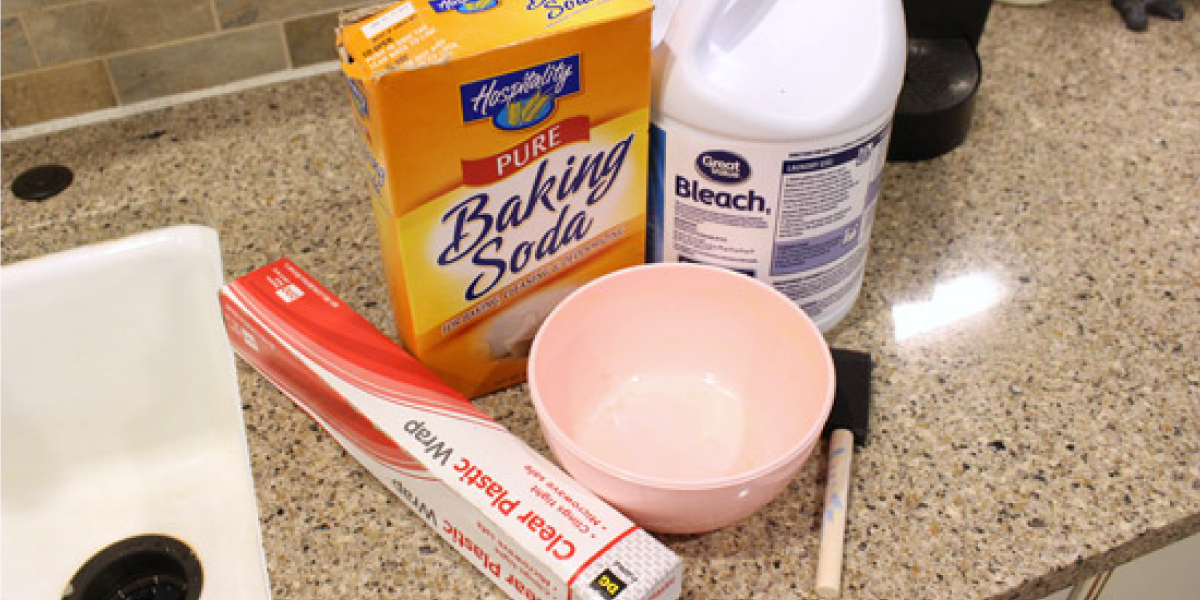
Baking soda is another excellent mold killer. Here is how you can remove mold from caulk using it.
- Make a paste using baking soda and a small amount of white vinegar or water. Both water and white vinegar are almost perfect substitutes for each other in this case.
- Apply a thick coating of the paste onto the moldy caulking.
- Make sure the paste can work its way into the pores of the caulking. Usually it takes about 10/15 minutes.
- Now, use a stiff toothbrush or grout brush and properly scrub the caulking using it. Ensure the paste is scrubbed off. Now rinse the area with water until it runs clear.
- Use paper towels or regular towels to dry the caulking off.
What happens if I can’t remove the mold caulking
Sometimes the mold can be too stubborn by growing too deep into the caulking. In these cases, no matter what you do, the mold doesn’t come off. If this is the case, then you have to remove the entire caulking. Use a sharp utility knife to remove the caulking and install a new one in its place.
How to prevent shower caulking mold
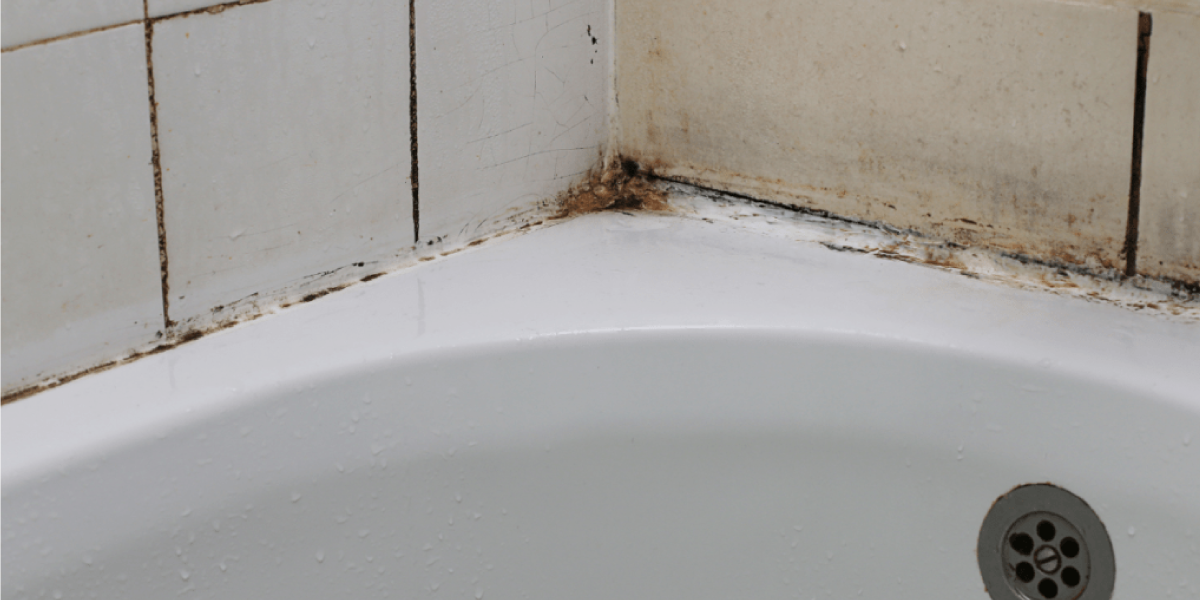
Although it isn’t too difficult to remove mold from shower caulking, it is better to take preventive measures to prevent mold growth. This way, you can save a lot of effort, money, and of course, time. Here are some preventive steps for mold growth in shower caulking.
- Installing a mold-resistant silicone caulking
- Both during and after showering, use a bathroom fan and/or open the bathroom windows for proper ventilation and to allow the moisture to escape.
- After showering, wipe the caulking and the shower dry with a towel.
- Weekly, spray vinegar on the caulking.
Conclusion
The role of caulking in preventing mold from growing into the shower walls is immense. But the caulking itself can turn into a safe haven for mold and mildew to thrive. The knowledge of how to remove mold from shower caulking can be the difference between a healthy household and a sick one. If you don’t want to deal with disgusting mold, you can always count on a professional mold removal service.
FAQ
1. How do you get black mold off shower caulking?
Black mold is one of, if not the most stubborn, of the molds growing in the shower. If you have black mold growing on your caulking, you might need to replace the entire caulking. First, assess the situation. If the mold is shallow, you only need to clean it. But if the mold has grown very deep, it is best to replace the caulking.
2. How do you get mold out of silicone caulking?
These are the ways to get mold out of silicone caulking. They are
- Baking soda paste
- White vinegar or Hydrogen Peroxide
- Replacing the silicone caulking
3. Why is the silicone in my shower turning black?
If you see the silicone caulking in your shower turning black, it might be because black mold is growing on your caulking. This might happen because
- There isn’t enough ventilation in the shower
- There is too much moisture in your shower
- Organic residue from soap and body oils
- Old and porous caulking
- Not enough mold-resistant materials.

